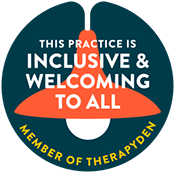Obsessive-Compulsive Disorder (OCD) is often misunderstood as simply a quirk or a preference for neatness but, in a workplace setting, it can show up in ways that are much more complex and sometimes invisible to others. While movies might portray OCD as excessive hand-washing or color-coded organization, the reality for many professionals is an ongoing struggle with intrusive thoughts, perfectionism, and repetitive behaviors that can deeply impact their work performance, focus, and even relationships with colleagues.
In the workplace, OCD might manifest as double- or triple-checking emails before sending, re-reading documents endlessly out of fear of making a mistake, or feeling the urge to meet self-imposed, unattainably high standards. It could also mean avoiding certain tasks altogether due to fear of contamination, failure, or making a wrong decision. Understanding what OCD looks like in a professional environment is key not only for those experiencing it but also for managers and coworkers who want to foster a more inclusive and supportive workplace culture.













